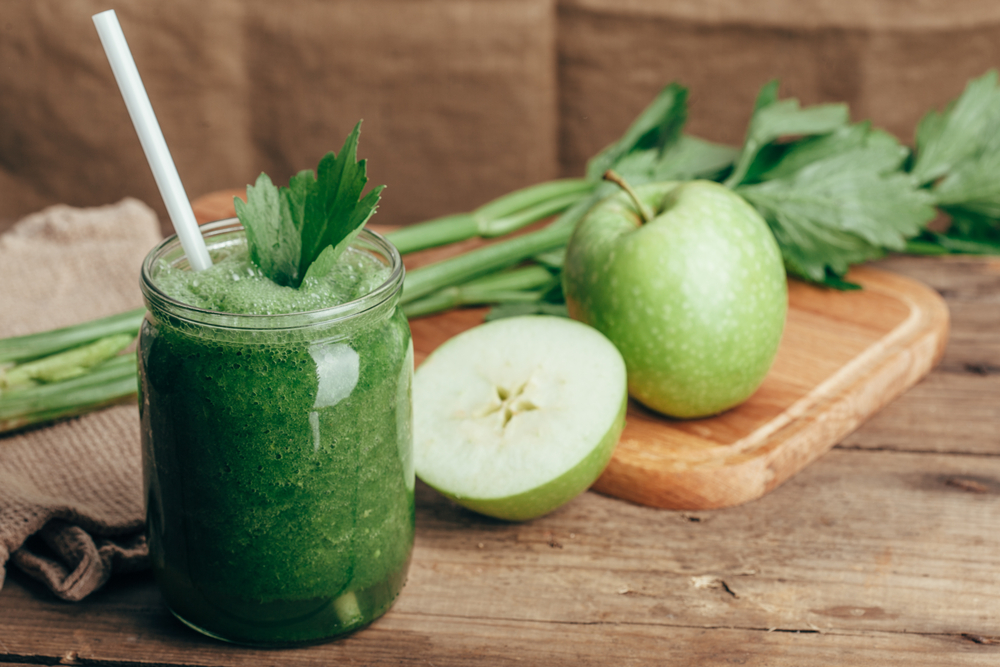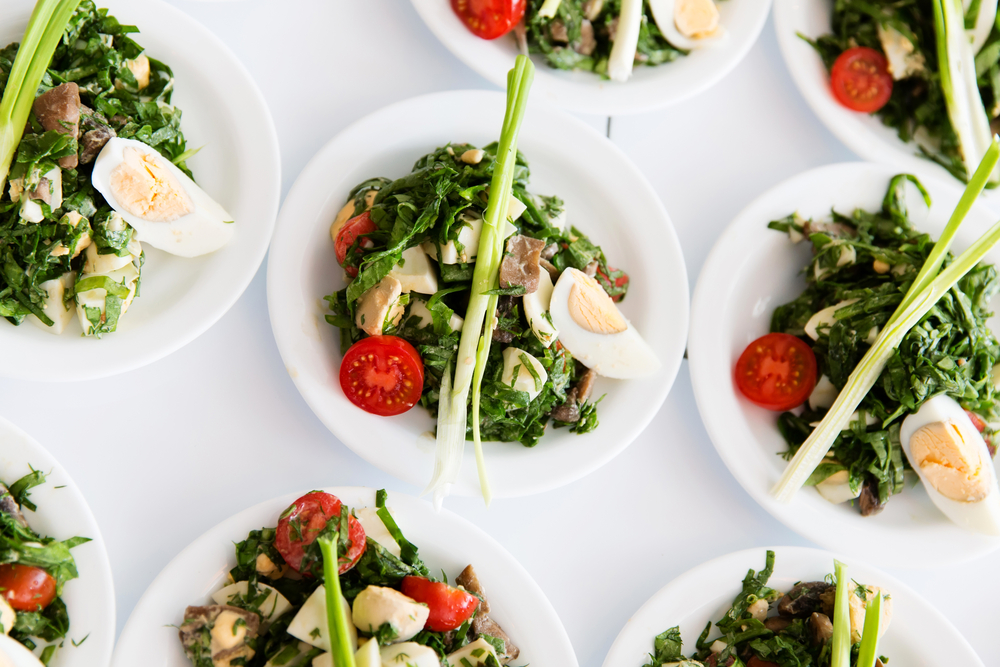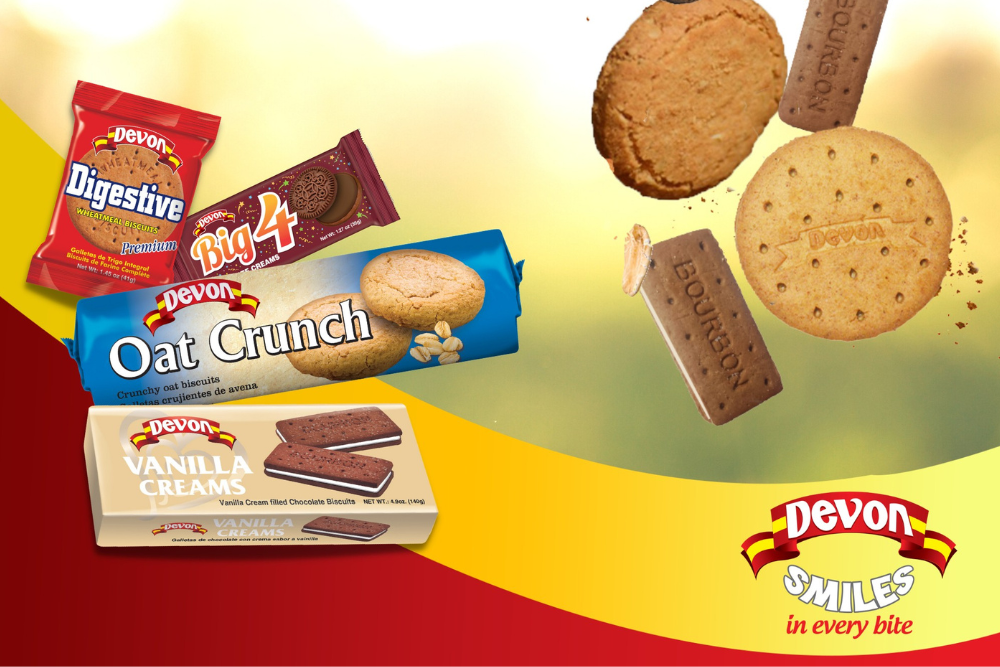Carnival 2019 is officially over. Tourists are nursing sun burns and dancehall has returned in full force to our airwaves. Next stop – Lent. Every year, from Ash Wednesday to Easter Sunday, Catholics and some non-Catholics use lent to give up something dear to them, their vice; an act of sacrificial retribution. Meat is the most popular, albeit difficult, sacrifice of choice.
If this is what you’ve decided to renounce, Lent may be a tough, confusing, and frustrating time, if you do not manoeuvre it correctly.
Luckily, in the maze of deep-fried foods and empty carbs, we’ve put together a list of great dining options to help you conquer the Lenten diet and life itself.
1. Pack on the protein, without the calories
Seafood is high in omega-3 fatty acids, which has been linked to a reduced risk of macular degeneration, one of the world’s leading causes of permanent eye damage and blindness. It is also perfect during pregnancy and infancy as it is crucial for the development of the child. Deficiency in omega-3 fatty acids is linked to low intelligence, poor eyesight, and an increased risk of several health problems. has you covered. Choose from three salad bases – quinoa, vegetable, and pasta – then add shrimp to pack a heavy omega-3 and protein punch.
Seafood is a low-calorie food when compared to other protein-rich foods such as meat and poultry. So, there is nothing to lose. Select from their wide variety of vegetables to add extra flavour to your salad with seafood options.
2. Vegetables are your best friends
Don’t vilify vegetables! Vegans and vegetarians are tired of hearing it – What about the protein?
Protein is a macronutrient, building blocks for our bodies. They are amazing nutrients and are essential for our cells, organs, muscles, bones, and connective tissues to function. However, contrary to popular belief, meat is not the only source of protein. As a matter of fact, although animal foods are high in protein, they are higher in cholesterol-forming saturated fats than their plant-based counterparts.
Vegetables are fewer in calories and some put up a good fight against meat for their protein content. provides you with diverse vegetables in tasty dishes, at great prices. You may decide to try one of their many salads, with fresh spinach, cabbage, carrots, cucumbers, corn, or broccoli. Spinach contains 51 percent protein and is a perfect source vitamin K, A, C and folic acid. It is a good source of manganese, magnesium, iron and vitamin B2. Per calorie, broccoli has more protein than beef whereas red meat is linked to cancer. Other common protein sources include whole grains, hummus, peas, nuts, and seeds. All which you will be thrilled to find at .
3. Replace unhealthy treats with cold-pressed juices.
Do you have a sweet tooth? Perhaps you want to treat yourself without risking your health in the process. Starlite To-Go has exactly what you need – Cold-pressed juices.
Developing a habit of consuming fresh juices is an excellent investment of your time and money. Getting your hands on essential fruits and vegetables may at times be challenging, but picking them up on-the-go makes your life so much easier! You will meet your body’s daily nutritional needs in a quick, easy, fun way!
They are nutrient-dense and kids love them. What’s best, they provide you with all-natural sweetness, no added sugar, cutting out weight-gain and melting pounds. They improve digestion, detoxify your body, and supply you with the vitamins and minerals required for healthier and more radiant skin, hair, and nails.
One of the top reasons people turn to unhealthy fast-food outlets is the convenience. At your meal is not just convenient, it’s healthy, delicious, varied, and leaves you feeling happy and satisfied. Say goodbye to the guilt that comes after one too many fried drumsticks. Recognise that people are not obliged to bend to your penitential preferences, but that does not equal putting your health on the chopping board. They say that it takes just a minimum of twenty-one days to form new habits. So, remember lent is more than a period of deprivation. It can be a head start on the road toward a healthier you and is here to help.

1. Pack on the proteins without the calories
Stop vilifying vegetables! Vegans and vegetarians are tired of hearing it – What about the protein? Protein is a macronutrient, building blocks for our bodies. They are amazing nutrients and are essential for our cells, organs, muscles, bones, and connective tissues to function. However, contrary to popular belief, meat is not the only source of protein. As a matter of fact, although animal foods are high in protein, they are higher in cholesterol-forming saturated fats than their plant-based counterparts.
Mummy had a point when she tried to get you to eat your veggies. They are fewer in calories and some put up a good fight against meat for their protein content. Spinach contains 51 percent protein and is a perfect source vitamin K, A, C and folic acid. It is a good source of manganese, magnesium, iron and vitamin B2. Per calorie, broccoli has more protein than beef and red meat is linked to cancer. Other common protein sources include whole grains, hummus, peas, nuts, and seeds. Add some spinach and kale leaves to a breakfast smoothie to pack a protein punch.
2. Dedicated meal preparation
I’m a big fan of meal prep. You don’t have to be a fancy chef to engage and there are tons of benefits! It might seem time consuming and burdensome at first, but if you carve time for yourself in your schedule for meal prep, you will save heaps of time during the week. To start, try preparing in three-day intervals. You will become more conscious about what you’re eating, how much you’re eating, and eventually see the importance of achieving a healthy, balanced diet. The secret is to plan ahead with a couple staple foods that you can cook in batches, but use in a variety of ways. Think chopped carrots, cucumbers, avocado, tomatoes, grilled fish, fruits and nuts. Throwing these into your bowl to-go takes little time and won’t dent your pocket.

Meal prep saves you from the fast-food midday rush, gives you control of your portions and ingredients, and regulates your eating patterns.
Major plus: saving money. Skip the $30 -$45 daily lunches, which add up to $150-$225 per week. Imagine, with the extra cash you save, you can afford to top up your gym membership or contribute to your next trip! Yay choices!
3. Mix it up, give yourself options
Fish are low in fat and high in omega-3 fatty acids, which boots mental functions and is great for heart health. So, whether it’s curry, stew, grill, or steamed dishes that makes your taste buds tingle, remember variety is key when it comes to seafood. Keep it fresh (no pun intended). Creative twists on traditional seafood dishes will keep your palate happy!

Bonus tip – Don’t be afraid to inspect your fish. If its eyes look dull and on the point of decay, leave it alone. Look for the ones with clean, bright eyes as these are most fresh. The fish you buy should smell clean and not have a bad odour and the flesh should be shiny. No milky liquids please, this is the first sign of staleness.
Recognise that people are not obliged to bend to your penitential preferences, but that does not equal putting your health on the chopping board. They say that it takes just a minimum of twenty-one days to form new habits. So, remember lent is more than a period of deprivation. It can be a head start on the road toward a healthier you.








